
Microdosing LSD: What You Need To Know
Microdosing is highly popular, and LSD is one of the most popular drugs in this regard. In this article, we explore what we know about the effects of microdosing LSD, and examine if it's worth trying out.
It’s very likely that you’ve heard about microdosing already. This practice has become increasingly popular over the last 5–10 years, but despite this, it remains a mystery whether it really works, and what it actually does.
In this article, we look into microdosing LSD.
What is LSD?
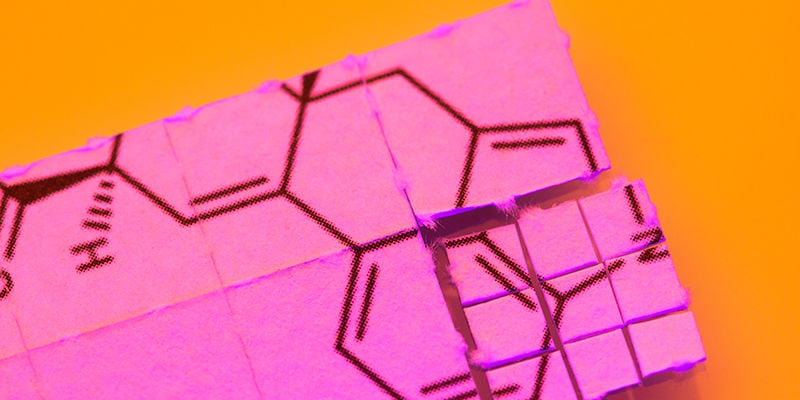
Lysergic acid dimethylamine (LSD) is one of the most potent psychoactive drugs on the planet. So potent, in fact, that the threshold dose (i.e. the dose at which users experience notable effects) is as low as 15 micrograms for some people (there are 1,000,000 micrograms in a gram). Nevertheless, it’s still one of the most popular choices for microdosing. More on this shortly.
LSD was first synthesised in 1930 by Dr Albert Hofmann, who was trying to discover if the ergot fungus contained any useful alkaloids. One day, in the laboratory, he accidentally ingested some of his LSD and began to experience the world’s very first acid trip.
However, some mystery surrounds this inadvertent high, as LSD cannot be taken transdermally, and it’s unlikely that an experienced scientist would put novel compounds in his mouth. Whatever happened, though, on the 16th of April, 1943, the effects of LSD were first discovered.
For a couple of decades after this, there was a huge wave of LSD-related psychiatric research, and it was heralded as a wonder-drug that could be used in the treatment of all manner of mental health conditions. Considering how restricted and stigmatised the use of LSD is today, it’s quite shocking to learn how widespread and accepted it was prior to its criminalisation in the 1970s.
Since then, LSD has remained illegal across the world, but nevertheless continues to be used by many for its powerful psychedelic effects.
Why would you microdose LSD?

LSD is one of the most popular psychedelics used for microdosing and, as such, there is a fairly large amount of anecdotal evidence supporting the practice, at least compared to some other options. Some of the major reasons that people microdose LSD include:
- To enhance focus
- To enhance creativity
- To increase energy
- To promote a greater sense of positivity
- To enhance problem-solving capacity
Generally, people microdose LSD to enhance their ability to progress with a variety of tasks, from creative projects through to work-related tasks. Likewise, others might microdose LSD in order to give themselves a little uplift in their day-to-day lives.
What exactly is an LSD microdose?
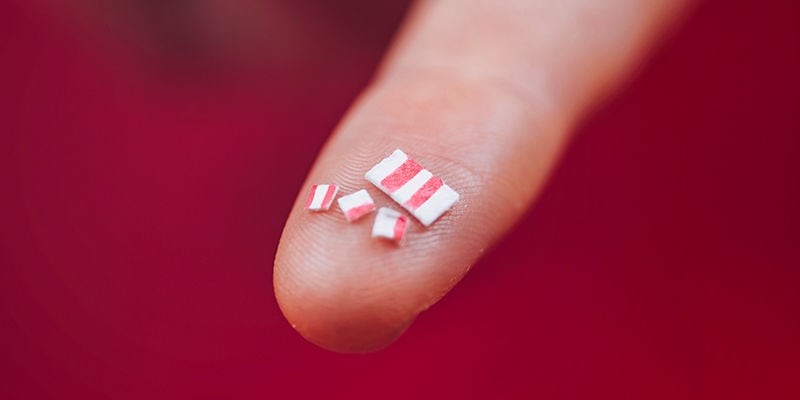
As mentioned, a threshold dose for a noticeable LSD experience is around 15 micrograms. The key to microdosing is that you don’t get high—if you do, you’re not microdosing.
Therefore, an LSD microdose usually sits between 5 and 10 micrograms.
To find your personal microdose, start at the lower end and work your way up. Again, the key with microdosing is to experience a very subtle lift, without getting high. It can also happen that you take a little too much and don’t feel high, but feel a little agitated and uncomfortable. So, with microdosing, less is often more.
How is LSD usually microdosed?
Microdosing isn’t properly understood, and there is no single way to do it. However, there are a few common ways that people practise it, most of which centre around the specifics of the drug itself.
When should you microdose LSD?
It’s generally agreed that you shouldn’t microdose everyday. There are multiple reasons for this. Primarily, it’s to stop your brain from building up a tolerance, which would soon mitigate all of the desired effects. Aside from this, though, it’s also good to give our brains and bodies a break from psychoactive substances. While LSD is generally considered to be physically safe, we don't know the full impact of taking it very regularly, so it’s best to exercise some caution.
Given this, people usually take a microdose every third day. So, you'd take LSD one morning, then abstain for the next two days, and then start the cycle again. It’s recommended to take LSD early in the day, before 10:00 am, as the effects can last for around 12 hours; though you might not really feel them, they can still disrupt sleep.
What form of LSD is best for microdosing?
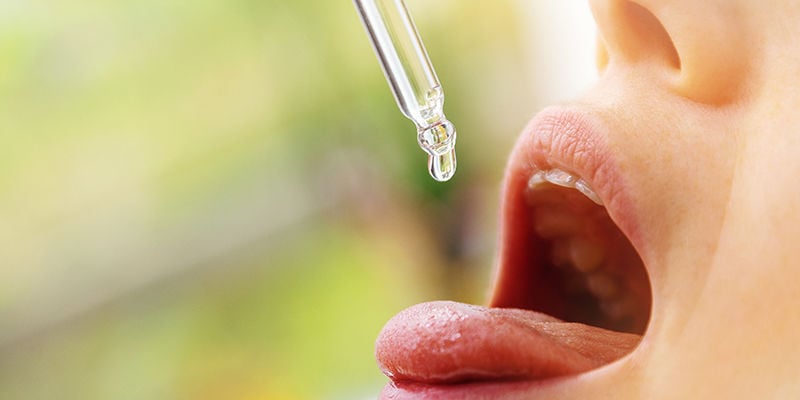
Most of the time, LSD comes on blotter paper. These blotters contain between 100 and 250 micrograms of LSD (usually) and are ingested sublingually. It can be tempting just to cut a blotter into 10, 15, 25, or 30 pieces and microdose from these, but it’s not recommended. There are two main reasons for this.
First, accurately cutting a tiny blotter into equally sized pieces requires precision that most people cannot manage in their homes. Second, even if you could, the LSD wouldn’t be distributed evenly anyway, and so each slither would be different. Some would contain almost nothing, and some might contain a macrodose.
Therefore, the best thing you can do is use liquid LSD, and take it from a pipette. If you can’t get hold of LSD liquid, then it is possible to extract it from tabs using alcohol. We won’t provide an extensive guide here, but instead a quick overview. To keep it simple, we’ll use 10ml of alcohol for one 100-microgram acid tab.
How to extract LSD from blotter paper
- Gather 10ml of alcohol (such as vodka).
- Place one acid tab in it, and leave it for 24 hours.
- Use a pipette to suck up the alcohol and decant it into a container.
- Discard the used blotter.
Very simply, that is how you can extract LSD back into a liquid. The LSD should be evenly distributed in the alcohol, meaning that a 1ml drop of the alcohol contains 10 micrograms of LSD.
What are the risks of microdosing LSD?
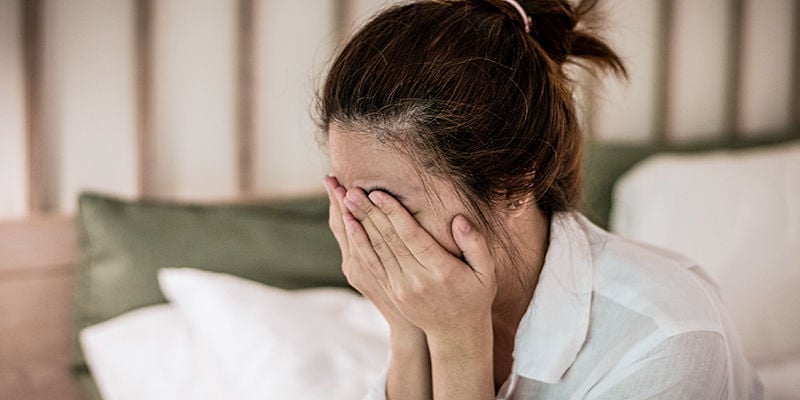
The risks of microdosing LSD appear minimal. That being said, there is simply not enough research on the matter to draw any conclusions one way or another. Given that, we must apply the same caution to microdosing LSD as we would to taking it in larger doses.
The main danger of LSD is that it can trigger underlying mental health conditions, such as psychosis. How much of a risk this is remains unclear, but anyone with a history of mental health conditions, or with a family history of these conditions, should avoid using LSD.
Likewise, LSD can worsen feelings of anxiety, meaning that it can amplify associated conditions as well.
One specific risk associated with microdosing is mania. For some people, it seems that the stimulation of a microdose can trigger a sort of mania that may make it very difficult to sleep for a few days, and may also suppress appetite. This mania can be distressing, exhausting, and disruptive, so if you experience it, it may be that microdosing isn’t for you.
A note on LSD analogues
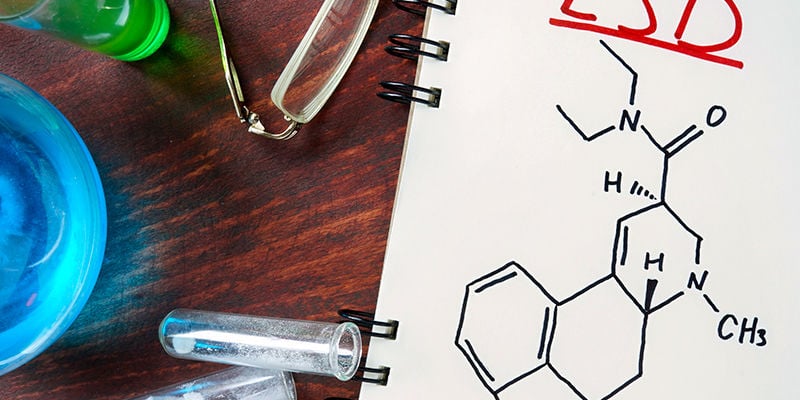
LSD is fairly common, and so are derivatives and analogues. As with many drugs, you may buy something called LSD, but it could in fact be something quite different. Some analogues are very similar and can be used in similar ways, while others are much more potent, and more dangerous.
Despite what you read across the internet, there are no clear ways to tell what it is you’re taking without proper testing. Therefore, you should only buy LSD from a trusted source; if you can’t do this, find the proper equipment to test it yourself.
Should you microdose LSD?
The truth around microdosing LSD remains a mystery, and this is the case for essentially all drugs. Therefore, we neither recommend nor discourage anyone from microdosing.
If you would like to try it, the best you can do to prepare yourself is to seek out microdosing information written by those who have experimented with it thoroughly. There’s plenty of information available on forums, though you should always take anecdotal accounts with a grain of salt.
If you choose to microdose LSD, listen to your brain and body. If something about it feels off, then either change your dose/timing, or stop altogether. And if it works for you, great!
-
 8 min
25 April 2021
Magic Mushrooms Versus LSD: What's The Difference?
If you take enough LSD or magic mushrooms, you'll end up on an exciting, eye-opening trip for the next several hours of your life. The particular substance you take, however, will have an impact on...
8 min
25 April 2021
Magic Mushrooms Versus LSD: What's The Difference?
If you take enough LSD or magic mushrooms, you'll end up on an exciting, eye-opening trip for the next several hours of your life. The particular substance you take, however, will have an impact on...
-
 7 min
6 February 2020
Guide To The Effects Of LSD On The Mind And Body
LSD or “acid” is one of the most popular and powerful psychedelic substances, effective in tiny doses measured in millionths of a gram. What really goes on in your brain when you take a blotter?
7 min
6 February 2020
Guide To The Effects Of LSD On The Mind And Body
LSD or “acid” is one of the most popular and powerful psychedelic substances, effective in tiny doses measured in millionths of a gram. What really goes on in your brain when you take a blotter?













 United States
United States










